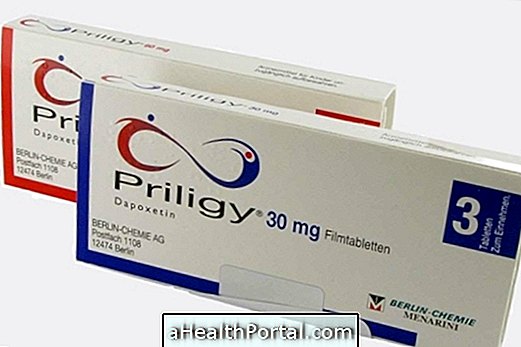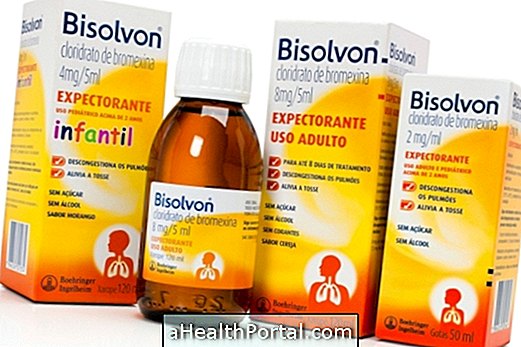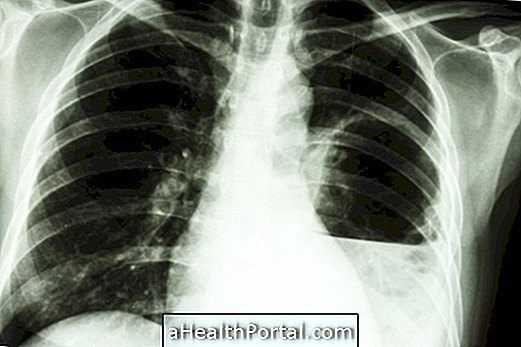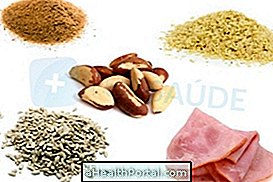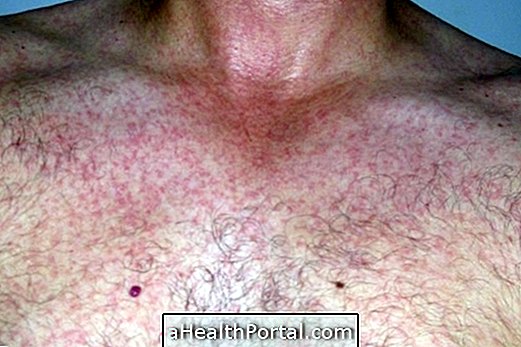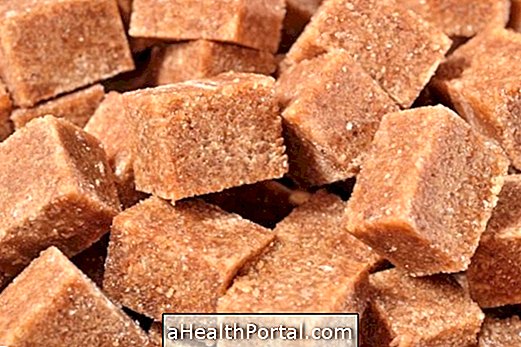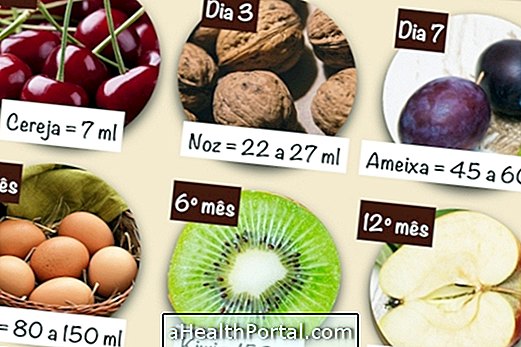Retinoic acid, also known as Tretinoin, is a substance derived from Vitamin A, which is widely used because of its effects to reduce blemishes, soften wrinkles and treat acne. This, since this medicine has properties able to improve the quality of the collagen, to increase the firmness, to diminish the oiliness and to improve the cicatrization of the skin.
This compound can be purchased in pharmacies and pharmacies for manipulation, in doses that can vary between 0.01% to 0.1%, indicated in the prescription of the dermatologist, according to the needs for the treatment of each person. In addition, retinoic acid can be used to perform chemical peeling in concentrations between 1 and 5%, to exfoliate the skin that will multiply into a new, healthier layer.
In addition, retinoic acid can be purchased ready at the pharmacy, with brand names such as Vitacid, Suavicid or Vitanol A, for example, in addition to being handled in pharmacies of its own.

Price
The price of retinoic acid varies according to the product brand, location, concentration and quantity, and the product unit can be found between about 25.00 and 100.00 reais.
What is it for
Some of the main indications of retinoic acid include treatment of:
- Acne;
- Dark spots;
- Freckles;
- Melasma;
- Flaccidity or roughness of the skin;
- Smooth wrinkles;
- Acne scars;
- Recent striations;
- Scars or irregularities on the skin.
Retinoic acid can be used alone or in combination with other substances that may potentiate its effect, such as Hydroquinone or Fluocinolone acetonide, for example.
It is important to remember that high doses of retinoic acid in tablet can be used as chemotherapy, indicated by the oncologist, in the treatment of some types of cancer, as of bone marrow and of the blood, since in very high doses it can have the capacity to cause the death of cancer cells.
How to use
The effects of Retinoic Acid, or Tretinoin on the skin can be acquired in the following ways:

1. Topical use
It is the main way to use Retinoic acid is in its presentation in cream or gel, in doses between 0.01 to 0.1%, to be used on the face or in the place indicated by the dermatologist, 1 to 2 times a day.
A thin layer of cream or gel should be applied by gently massaging after washing the face with soap and water and drying it gently with a clean towel.
2. Chemical peeling
Retinoic acid can be used in treatments with chemical peeling, in cosmetic clinics or with the dermatologist, because it is a treatment that leads to the exfoliation of the most superficial layer of the skin, allowing the growth of a new skin that is softer, smoother and even .
Chemical peeling is a deeper treatment that leads to faster and more visible results than creams. Understand how it is done and what are the benefits of chemical peeling.
Side effects
Retinoic acid may exhibit some disadvantages and undesirable effects, and some of the most common include:
- Redness at the application site;
- Skin exfoliation, popularly known as "peeling" or "crumbling";
- Sensation of burning or stinging at the application site;
- Skin dryness;
- The appearance of small lumps or spots on the skin;
- Swelling at the application site.
In the presence of severe symptoms, it is advised to discontinue use and consult with the dermatologist to assess the need to change the dose or product used.
In addition, side effects may arise more easily when using higher drug concentrations, such as 0.1% cream.

